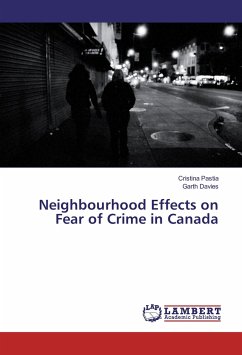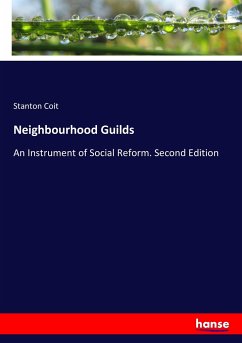Fear of crime is a social problem with potentially serious consequences, including altering or restricting one's behaviour. Changes to one's routine for this purpose are known as constrained behaviours; these can be divided into avoidance and protective types. Although gender stands out as a particularly strong indicator of fear, an abundance of literature - primarily based in the United States - explores the roles of demographic factors, victimization history, social ties, perceived disorder, and neighbourhood structural factors. The focus of this research is to determine the extent to which these theoretical approaches explain perceived risk and constrained behaviours in Canada. This study uses data from the General Social Survey and the Census and employs multiple multilevel analytic techniques. The results suggest that factors which affect an individual's perception of risk differ from those that affect both types of constrained behaviours. The results also indicate that neighbourhood context is an important factor in understanding the dynamics of fear of crime.
Bitte wählen Sie Ihr Anliegen aus.
Rechnungen
Retourenschein anfordern
Bestellstatus
Storno








